February 20, 2019
/
5 Comments
/
1283
/
Blog
The purpose of the Tyre Pressure Monitoring System (TPMS) is to alert you when tyre pressure is too low and could to create unsafe driving conditions. If the light is illuminated, it means your tyres could be underinflated, which can lead to undue tyre wear and possible tyre failure. It’s important to understand the importance of proper tyre inflation, and how TPMS can help you maintain your tyres.
Maintaining proper tyre inflation is essential to vehicle handling, overall tyre performance, and load carrying capability. A properly inflated tyre will reduce tread movement, reduce rolling resistance, and increase water dispersion. Reduced tread movement gives the tyre a longer tread life. Reduced rolling resistance, the force required to roll a loaded tyre, results in increased fuel efficiency. Increased water dispersion decreases the possibility of hydroplaning.
Both over inflation and under inflation can cause premature tread wear and possible tyre failure. Over inflation can result in decreased traction, premature wear, and the inability to absorb road impact. Overinflated tyres will show premature wear in the centre of the tread. On the other hand, under inflation will cause sluggish tyre response, decreased fuel economy, excessive heat build-up, and tyre overload. An underinflated tyre will show premature wear on both outside shoulders.
The TPMS warning light will help warn you when your tyre pressure is too low. Your TPMS has various illumination patterns that mean different things. Keep reading to find out what they mean.
If you’re learning about tyre pressure sensors for the first time, finding the TPMS indicator on your dashboard is simple. It’s a horseshoe-shaped light with an exclamation point in the centre.
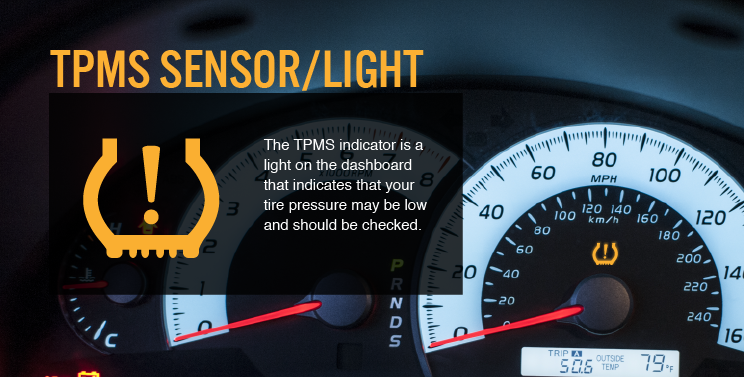
WHAT DOES A TPMS WARNING LIGHT MEAN?
Do you know what to do when the low tyre pressure TPMS symbol illuminates? The first thing to do is manually check your tyre pressures with a gauge and add air until the pressures reach the vehicle manufacturer specification. Keep in mind, your TPMS does not replace routine tyre pressure maintenance. It’s a tool that can help alert you when pressure is low, but a tyre may drop below proper inflation long before the TPMS warning light comes on. The TPMS light comes on when the tyre pressure gets too low or too high.
TPMS LIGHT ILLUMINATES WHILE DRIVING
When the TPMS light comes on – and stays on – at least one of your tyres is at a low pressure level. Check the pressure of all of the tyres with a gauge and determine the cause of pressure loss and add air or service the tyre(s) as appropriate.
TPMS LIGHT GOES ON AND OFF
When tyre pressure(s) are near the level that triggers an alert, fluctuating temperatures may be causing your TPMS light to turn on and off. This typically occurs when pressure decreases overnight due to a drop in ambient temperature that causes the light to turn on; the light may turn off when pressure increases during the day due to rising ambient temperature and/or heat generated from the driving the vehicle. Use a gauge to check the pressure of all of the tyres and add air to any tyre that is low.
TPMS LIGHT FLASHES AND THEN STAYS ON
If the light flashes for approximately 60 to 90 seconds every time you start your car and then remains illuminated, this means the TPMS isn’t functioning properly and you should take it to an automotive service centre for an inspection. Until repaired, the TPMS is out of order and is not able to warn you of low tyre pressure. Check the air pressure of all of the tyres with a gauge and add air to the tyres that need it.
DOES A TPMS REPLACE REGULAR TYRE PRESSURE CHECKS?
No! Understanding what a TPMS warning light means and what to do when it illuminates is an important part of a driver’s responsibility. However, TPMS is not a replacement for regular tyre pressure checks. Why? Depending on the situation, the TPMS may have limitations such as:
- The TPMS warning light may be set to illuminate below the tyre pressure needed to carry the load in the vehicle.
- The sensor(s) may not be accurately transmitting tyre pressure data to the on-board computer.
- The system may not be able to accurately determine if a tyre is too low if other tyres are losing pressure at the same rate.
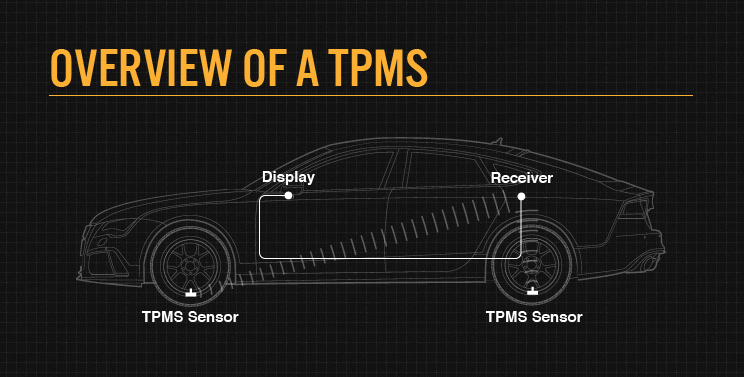
Therefore, even with TPMS, manual tyre pressure checks with a gauge are important to caring for your tyres and vehicle, especially for your safety and that of others. You should check tire pressure once a month, and before a long trip or when carrying extra load.
Source: Bridgestone








 2. See if your windshield wipers need to be replaced. Like any part of a car, windshield wipers can wear out from use. They may also simply dry out and crack over time. Test your windshield wipers and make sure they can displace water effectively. If not, they’ll need to be replaced.
2. See if your windshield wipers need to be replaced. Like any part of a car, windshield wipers can wear out from use. They may also simply dry out and crack over time. Test your windshield wipers and make sure they can displace water effectively. If not, they’ll need to be replaced. 3. Make sure your tires are properly inflated. Driving on underinflated tires can increase the chances that you’ll have a blowout by causing damage to the tire’s sidewall. It will also hurt your gas mileage. On tires installed by the factory, you can find the right tire pressure in the owner’s manual, but you can also find the tire’s pressure rating printed on the side of each tire.
3. Make sure your tires are properly inflated. Driving on underinflated tires can increase the chances that you’ll have a blowout by causing damage to the tire’s sidewall. It will also hurt your gas mileage. On tires installed by the factory, you can find the right tire pressure in the owner’s manual, but you can also find the tire’s pressure rating printed on the side of each tire. 4. Test all of your exterior lights and the horn. Having working headlights and taillights are important for safe driving at night. Be sure your turn signals are functioning and check your license plate light as well. Turn on the headlights, parking lights, and turn signals, then check to ensure each is lighting up as it should. While you’re testing the lights, honk the horn a few times to make sure it works too.
4. Test all of your exterior lights and the horn. Having working headlights and taillights are important for safe driving at night. Be sure your turn signals are functioning and check your license plate light as well. Turn on the headlights, parking lights, and turn signals, then check to ensure each is lighting up as it should. While you’re testing the lights, honk the horn a few times to make sure it works too. 5. Inspect the tread on your tires. Balding tires can be more prone to blowouts and reduce the amount of traction your vehicle has when the roads are wet. Look for signs of damage on the sides of the tire, then use the “penny test” to see if there’s enough tread on the tire.
5. Inspect the tread on your tires. Balding tires can be more prone to blowouts and reduce the amount of traction your vehicle has when the roads are wet. Look for signs of damage on the sides of the tire, then use the “penny test” to see if there’s enough tread on the tire. 6. Check the belts for condition and tightness. Look at the serpentine or accessory belts in your engine (usually located on the front or side) and make sure there is no glazing (shiny spots) or cracking. If there are, the belt will need to be replaced. Then, pinch the belt with your thumb and forefinger and move it up and down to check its tension.
6. Check the belts for condition and tightness. Look at the serpentine or accessory belts in your engine (usually located on the front or side) and make sure there is no glazing (shiny spots) or cracking. If there are, the belt will need to be replaced. Then, pinch the belt with your thumb and forefinger and move it up and down to check its tension. 7. Ensure your air filter isn’t clogged. Most vehicles can go tens of thousands of miles without needing to have the air filter replaced, but it’s good to check on the condition of yours before setting out on a trip. The air filter is usually located in the air box attached to the end of an accordion looking plastic pipe often called the intake.
7. Ensure your air filter isn’t clogged. Most vehicles can go tens of thousands of miles without needing to have the air filter replaced, but it’s good to check on the condition of yours before setting out on a trip. The air filter is usually located in the air box attached to the end of an accordion looking plastic pipe often called the intake. 1.Resolve any warning lights on your dashboard. If your check engine light is lit up on your dashboard you can use an OBDII scanner to find out what error code has prompted it. Once you know what’s wrong, you can make a plan to fix it.
1.Resolve any warning lights on your dashboard. If your check engine light is lit up on your dashboard you can use an OBDII scanner to find out what error code has prompted it. Once you know what’s wrong, you can make a plan to fix it.
 3. Top off any other fluids that may need it. Most vehicles rely on a number of different fluids and lubricants to run, ranging from coolant to stop the engine from overheating to windshield washer fluid to help wash the bugs away. Use your vehicle’s owner’s manual to tell you where the reservoir is for the windshield washer fluid and brake fluid, the add some if the level is below the lower mark on each reservoir, indicating its low-fill point.
3. Top off any other fluids that may need it. Most vehicles rely on a number of different fluids and lubricants to run, ranging from coolant to stop the engine from overheating to windshield washer fluid to help wash the bugs away. Use your vehicle’s owner’s manual to tell you where the reservoir is for the windshield washer fluid and brake fluid, the add some if the level is below the lower mark on each reservoir, indicating its low-fill point.
 5. Replace your brake pads if necessary. If your brakes have been squealing or it’s been more than 50,000 miles since the last time you changed them, you may want to replace them before setting out on a long road trip. Access the brake pads by removing the wheels, then the two bolts securing the brake calipers to the vehicle. Slide the brake caliper off of the rotor, then remove the brake pads from the caliper.
5. Replace your brake pads if necessary. If your brakes have been squealing or it’s been more than 50,000 miles since the last time you changed them, you may want to replace them before setting out on a long road trip. Access the brake pads by removing the wheels, then the two bolts securing the brake calipers to the vehicle. Slide the brake caliper off of the rotor, then remove the brake pads from the caliper. Clean out the trash in your car. Going on a road trip means you’ll be spending a lot of time in your vehicle, and you’ll need space to store things ranging from luggage to snacks. Cleaning out your car will not only make the ride more comfortable, it will help you stay organized when you need to find things.
Clean out the trash in your car. Going on a road trip means you’ll be spending a lot of time in your vehicle, and you’ll need space to store things ranging from luggage to snacks. Cleaning out your car will not only make the ride more comfortable, it will help you stay organized when you need to find things. 1. Make sure your documents are up to date. To legally drive in the United States, you’ll need to have at least a valid driver’s license and an up to date vehicle registration. Most states also require proof of insurance. Find out what the requirements are where you’ll be traveling, and make sure you meet them.
1. Make sure your documents are up to date. To legally drive in the United States, you’ll need to have at least a valid driver’s license and an up to date vehicle registration. Most states also require proof of insurance. Find out what the requirements are where you’ll be traveling, and make sure you meet them.
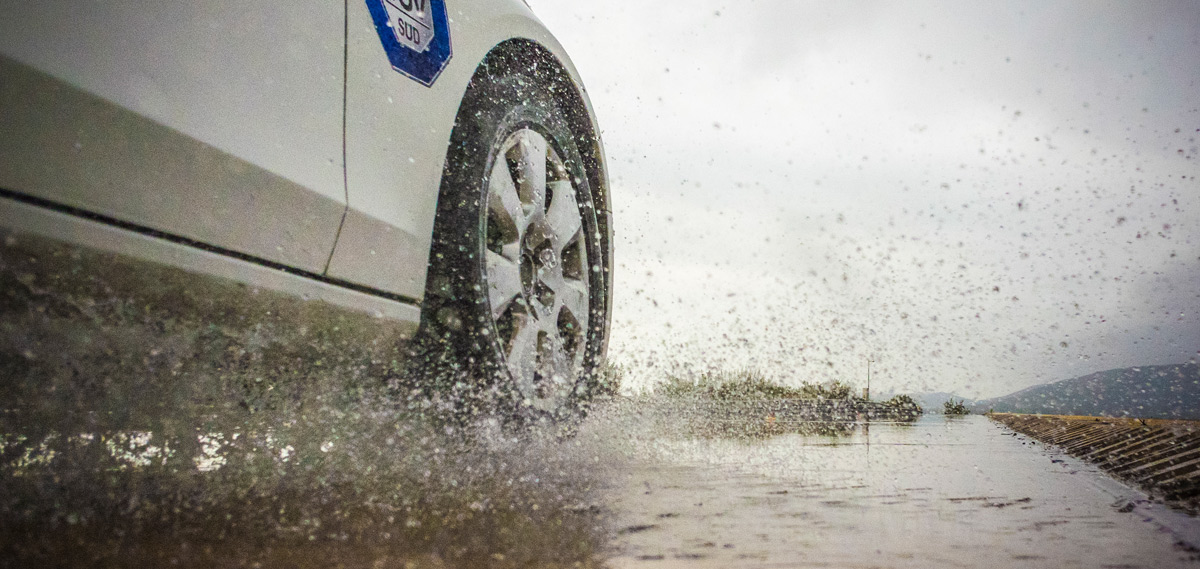
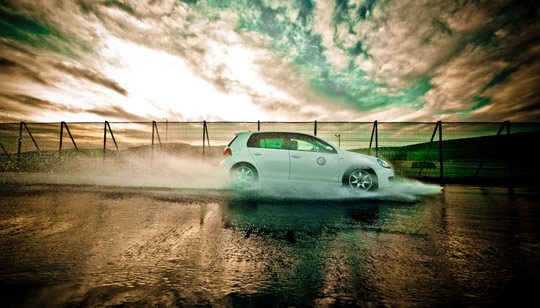
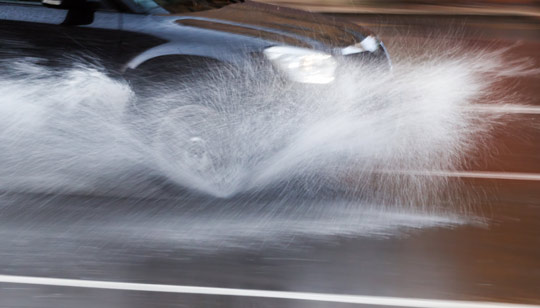
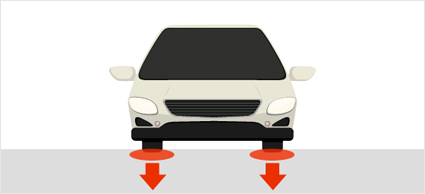
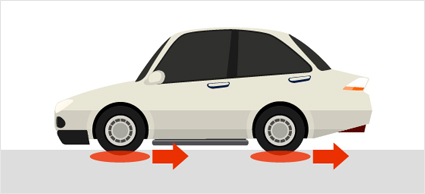

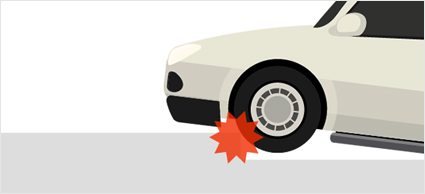
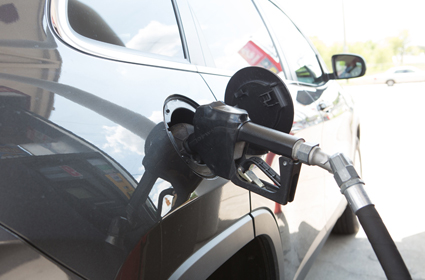

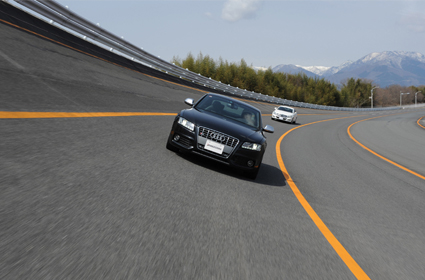
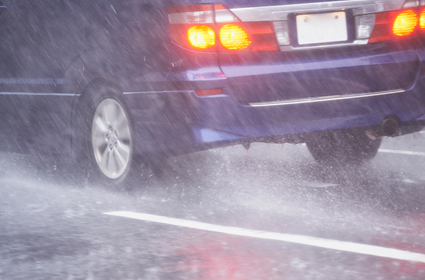
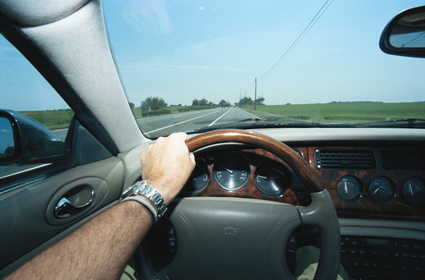




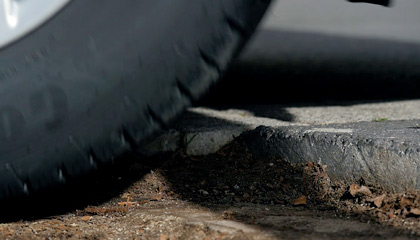
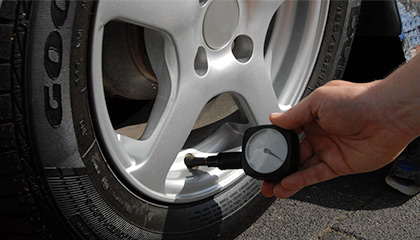
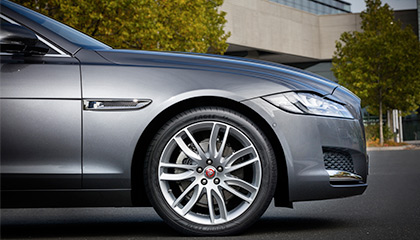
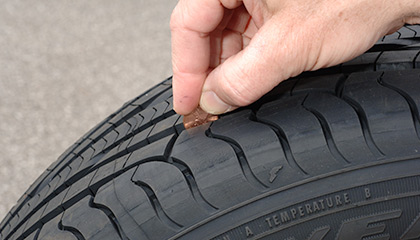 Be aware of where you drive
Be aware of where you drive